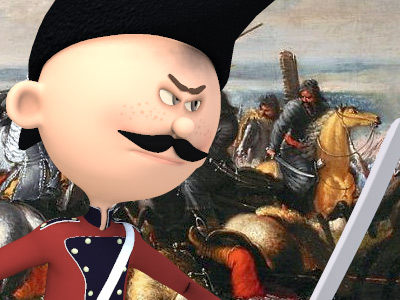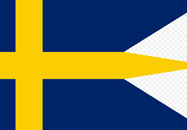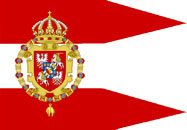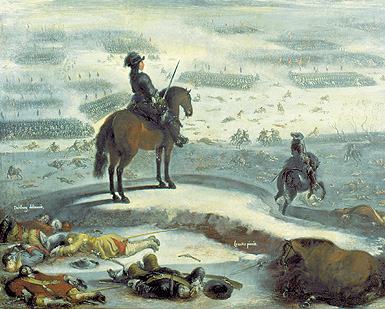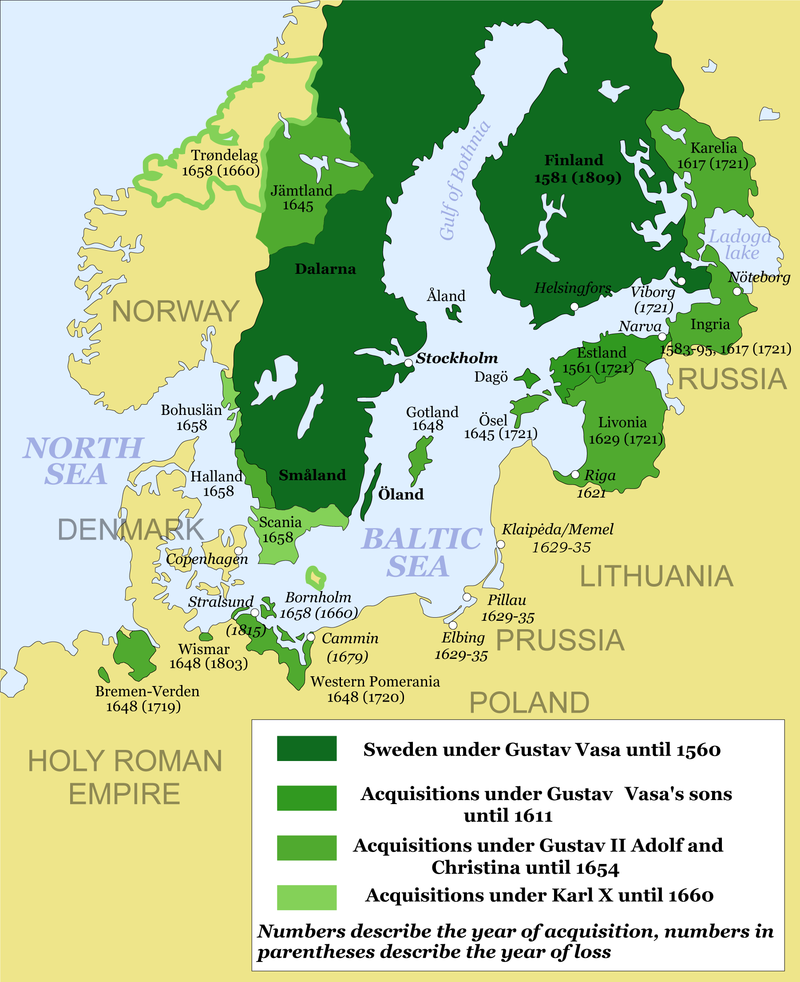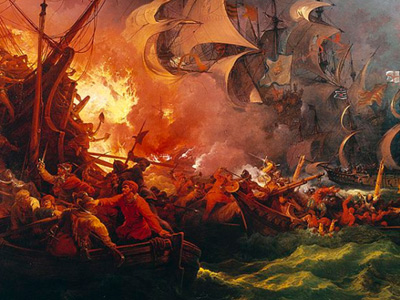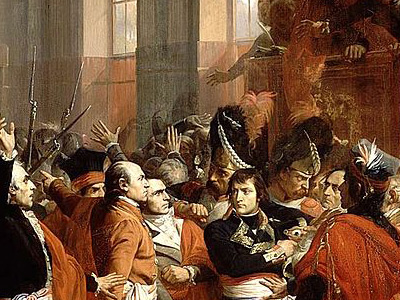Second Northern War (1655–1660)
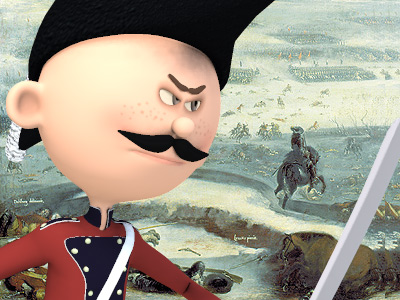
Swedish Campaigns in the Polish–Lithuanian Commonwealth
Swedish forces entered Poland–Lithuania from Swedish Pomerania in the west, and Livonia in the north. The division on the western flank consisted of 13,650 men and 72 artillery pieces commanded by Arvid Wittenberg who entered Poland on 21 July 1655 and another 12,700 to 15,000 commanded by Charles X Gustav who followed in August, while the division on the northern flank consisted of 7,200 men commanded by Magnus de la Gardie who had already seized Dünaburg with them on 12 July.
On the western front, Wittenberg was opposed by a Polish levy of 13,000 and an additional 1,400 peasant infantry. Aware of the military superiority of the well-trained Swedish army, the nobles of Greater Poland surrendered to Wittenberg on 25 July in Ujście after the Battle of Ujście, and then pledged loyalty to the Swedish king. Wittenberg established a garrison in Poznań (Posen).
On the northern front, Prince Janusz Radziwiłł signed the Treaty of Kėdainiai with Sweden on 17 August 1655, placing the Grand Duchy of Lithuania under Swedish protection. Though Radziwiłł had been negotiating with Sweden before, during his dispute with the Polish king, Kėdainiai provided a clause stipulating that the two parts of the Commonwealth, Poland and Lithuania, need not fight each other. Part of the Lithuanian army opposed the treaty however, forming a confederation led by the magnate and Polish-Lithuanian hetman Paweł Jan Sapieha at Wierzbołów.
On 24 August, Charles X Gustav joined Wittenberg's forces. The Polish king John II Casimir left Warsaw the same month to confront the Swedish army in the west, but after some skirmishes with the Swedish vanguard retreated southwards to Kraków. On 8 September Charles X Gustav occupied Warsaw, then turned south to confront the retreating Polish king. The kings met at the Battle of Żarnów on 16 September, which like the next encounter at the Battle of Wojnicz on 3 October was decided for Sweden. John II Casimir was exiled to Silesia while Kraków surrendered to Charles X Gustav on 19 October.
On 20 October, a second treaty was ratified at Kėdainiai in the north. The Union of Kėdainiai unified Lithuania with Sweden, with Radziwiłł recognizing Charles X Gustav as Grand Duke of Lithuania. Over the following days, most of the Polish army surrendered to Sweden: on 26 October Koniecpolski surrendered with 5,385 men near Kraków, on 28 October Field Crown Hetman Stanisław Lanckoroński and Great Crown Hetman Stanisław "Rewera" Potocki surrendered with 10,000 men, and on 31 October the levy of Mazovia surrendered after the Battle of Nowy Dwór.
HISTORY
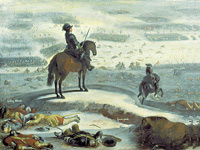
RESOURCES
This article uses material from the Wikipedia article "Second Northern War", which is released under the Creative Commons Attribution-Share-Alike License 3.0.
© Stories Preschool. All Rights Reserved.
